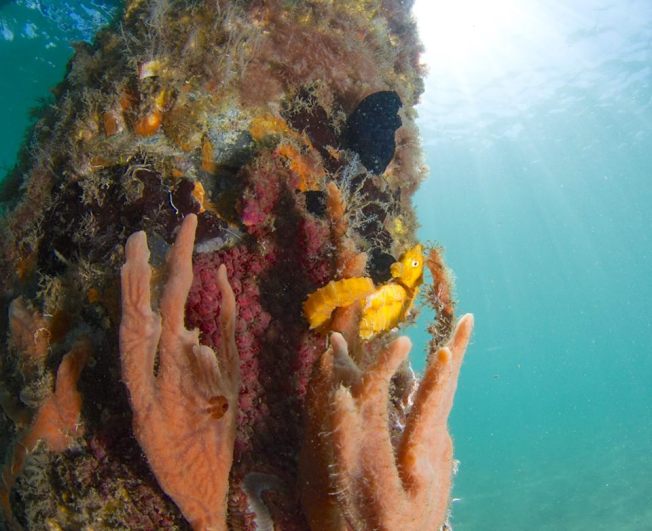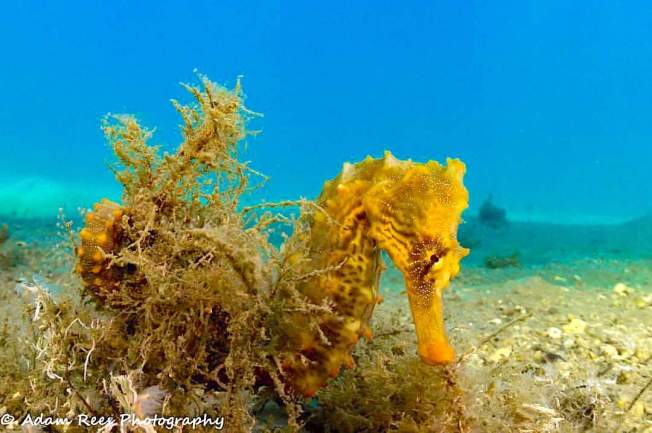
PREHENSILE TALES FROM THE REEF (2): HIPPOCAMPI
It is a statistical fact that no one in the world – not even the meanest despot or cruellest tyrant – fails to love seahorses. It would be fair to add that in certain parts of the world, some people love them too much. In more than 65 countries. To the tune of an estimated 150 million a year that are used in the ‘traditional medicine’ trade. An attrition rate that is unsustainable in the long or even the medium term – with the bleak consequence that it won’t be long before people must look elsewhere for their source for Genital Tonic Pills.



Medicinal use – of empirically vague benefit to its enthusiasts – is joined by the aquarium trade in accounting for the removal of very large numbers of seahorses from their accustomed surroundings. At least these creatures live on (rather than being dried out alive), though research suggests that the survival rate of seahorses in captivity is low.

Do you sometimes hanker for a plastic brooch or paperweight with a tiny seahorse embalmed inside it? It would be good to resist the temptation to buy such things in seaside shops or online. Your little specimen will be one of a million or so souvenir seahorses sold each year, alongside seashells, starfish, sponges and (protected) corals.

As you contemplate your purchase, you may be reassured to find that the product is labelled ‘environmentally friendly’, ‘responsibly sourced’ or ‘from a sustainable source’. You can make up your own: ‘lovingly harvested from the bluest oceans’, maybe. In the words of the SEAHORSE TRUST:
“Nothing could be further from the truth; there is nothing sustainable about this exploitation of the seas. You can make change by not buying them. If there was no market there would be no trade.”


USES FOR SEAHORSES: MEDICINE OR (WITH SCORPIONS) STREET FOOD 



RELATED POSTS AND ONLINE RESOURCES
HIP HIP HIPPOCAMPUS!
PREHENSILE TALES 1
SEAHORSE TRUST
SEAHORSE TRUST FB GROUP
SEAHORSES: NAT GEO
Sustainable Seahorses


Credits: Adam Rees / Scuba Works for more stunning photos; Seahorse Trust for material; Wiki & open source for the random thumbnails






















You must be logged in to post a comment.